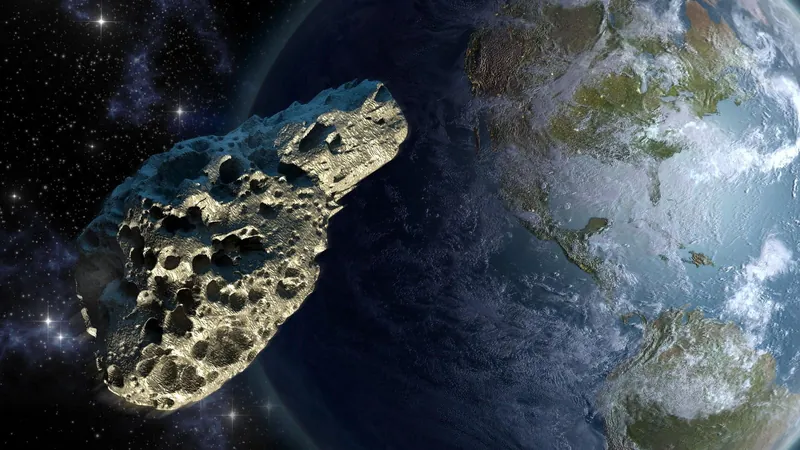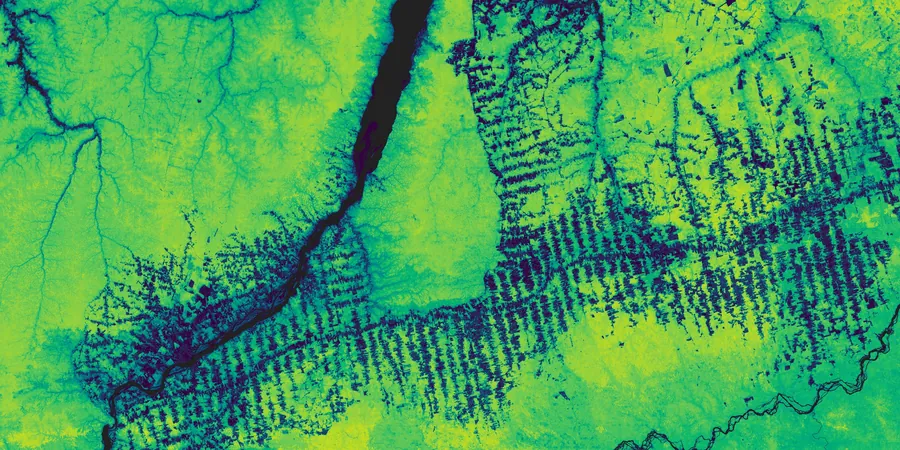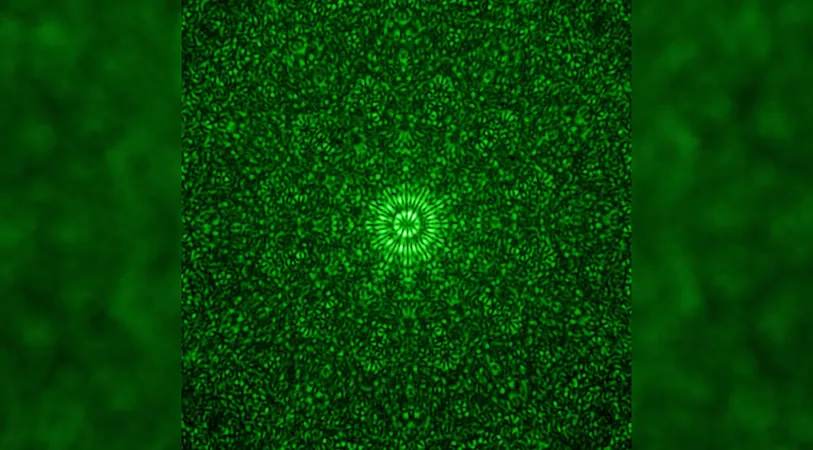
Asteroid Apophis: A 2029 Near-Miss That Could Shape Our Future - What You Need to Know!
2024-11-06
Author: Michael
New simulations have reignited concerns over the asteroid 99942, dubbed "Apophis," a massive space rock the size of the Empire State Building, posing a potential threat to Earth in 2029. This towering asteroid, with a diameter of about 1,200 feet (370 meters) – larger than 90% of asteroids – orbits the Sun every 324 days and approaches our planet roughly every decade.
Discovered in 2004, Apophis was named after the Egyptian god of chaos due to initial predictions of a potential collision course with Earth in the years 2029, 2036, or 2068. Although astronomers previously assigned a 2.7% chance for a direct hit, NASA updated its calculations in 2021, ruling out a collision. However, recent studies have presented a fresh twist to the narrative.
Asteroid Apophis: A Close Encounter in 2029
On April 13, 2029, Apophis is anticipated to come remarkably close to Earth – within 19,400 miles (31,200 kilometers). This distance is unprecedented for an asteroid of this size, as it will occur within the orbits of some of Earth’s geostationary satellites. Such a close approach provides a unique opportunity for scientists to study Apophis and its impact on our understanding of asteroids.
The Threat of a Trajectory Change
Despite the assurances, new research points to the idea that while Apophis is not expected to collide with Earth, there remains a minimal risk that its trajectory could be altered if it were to encounter another asteroid. Researchers at the University of Western Ontario have carried out simulations indicating that the odds of such an event leading to a collision with our planet are exceptionally low – less than 1 in a million chance of a significant deflection, and only 1 in a billion that it would result in a dangerous trajectory towards Earth.
Limited Visibility and Preparation for Observation
A looming concern is the asteroid's visibility, as it is currently too close to the Sun to be observed from Earth. Paul Wiegert, the lead author of the study, states that Apophis will remain unobservable until 2027. A critical observation within that year will be necessary to determine if there are any changes to its path that could indicate an impending impact. However, Wiegert reassures that a single observation during that time should quickly dispel fears about a potential collision.
Exciting Upcoming Space Missions
The close encounter presents ample scientific opportunities. NASA has repurposed its OSIRIS-REx mission—originally designed for Asteroid Bennu—to form the OSIRIS-Apophis Explorer (OSIRIS-APEX). This mission will begin studying Apophis following its flyby of Earth in 2029. Additionally, a European Space Agency mission called RAMSES is also scheduled to observe Apophis, making the 2029 event a major focal point for asteroid science.
As we gear up for this significant celestial event, the scientific community remains hopeful that collaborative missions will deepen our understanding of asteroids and improve our ability to monitor potential threats. Stay tuned as astronomers keep their eyes on the skies, armed with powerful telescopes and an insatiable curiosity. Who knows what discoveries lie ahead?









 Brasil (PT)
Brasil (PT)
 Canada (EN)
Canada (EN)
 Chile (ES)
Chile (ES)
 España (ES)
España (ES)
 France (FR)
France (FR)
 Hong Kong (EN)
Hong Kong (EN)
 Italia (IT)
Italia (IT)
 日本 (JA)
日本 (JA)
 Magyarország (HU)
Magyarország (HU)
 Norge (NO)
Norge (NO)
 Polska (PL)
Polska (PL)
 Schweiz (DE)
Schweiz (DE)
 Singapore (EN)
Singapore (EN)
 Sverige (SV)
Sverige (SV)
 Suomi (FI)
Suomi (FI)
 Türkiye (TR)
Türkiye (TR)